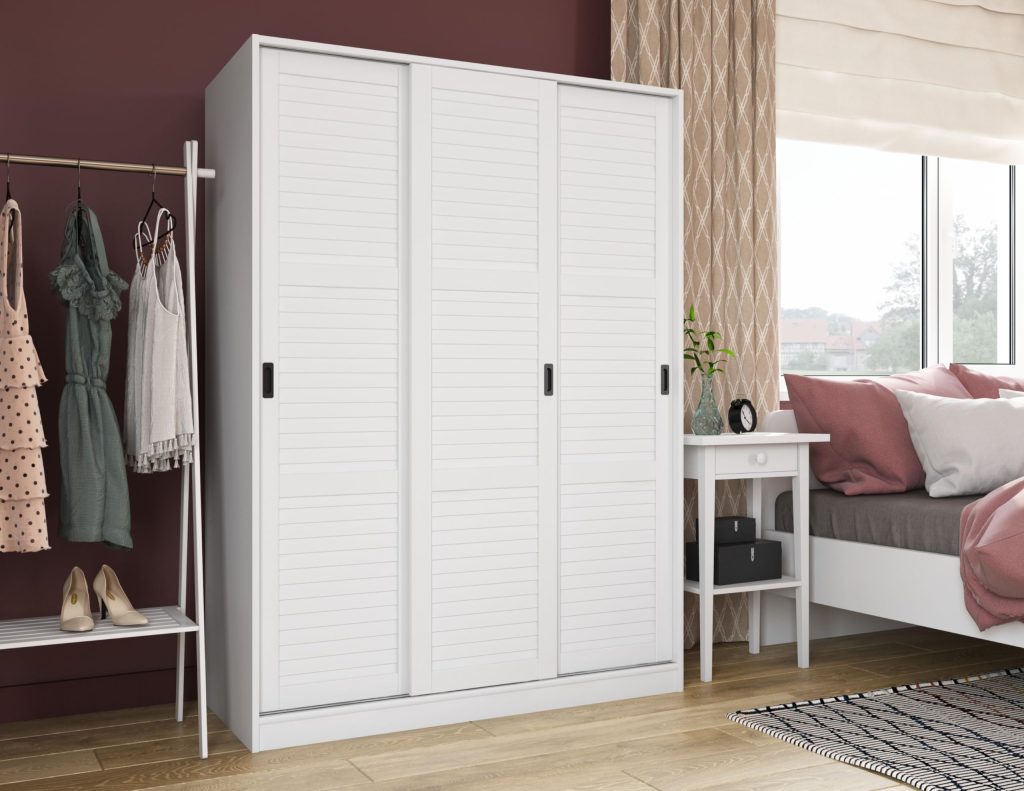In recent years, the fashion industry has come under scrutiny for its environmental impact, from excessive waste to the depletion of natural resources. Sustainable fashion is a growing movement that encourages mindful consumption and eco-friendly practices, aiming to reduce the negative effects of fashion on the environment. By building an eco-friendly wardrobe, individuals can play a significant role in promoting sustainability. Here’s how you can start your journey toward a more responsible and ethical approach to fashion.
Prioritize Quality Over Quantity
The first step to building an eco-friendly wardrobe is to focus on purchasing fewer, high-quality items rather than indulging in fast fashion trends. High-quality clothing is often made from durable materials that can last longer, reducing the need for frequent replacements. Investing in timeless, versatile pieces also allows you to create multiple outfits without needing a large wardrobe, helping to minimize waste.
Choose Sustainable Fabrics
Not all fabrics are created equal in terms of environmental impact. Synthetic materials like polyester and nylon, for example, are derived from petroleum and contribute to microplastic pollution. Opt for sustainable fabrics such as organic cotton, linen, bamboo, and recycled materials. These fabrics are often biodegradable, use fewer chemicals in their production, and have a lower environmental footprint. When shopping, look for clothing made from eco-friendly materials that are gentle on the planet.

Shop Secondhand and Vintage
Another great way to build an eco-friendly wardrobe is to embrace secondhand and vintage shopping. By purchasing pre-loved items, you reduce the demand for new clothing production, which is resource-intensive. Thrift stores, online marketplaces, and vintage shops offer unique, stylish clothing at a fraction of the cost of new items, allowing you to express your personal style while supporting sustainable practices. Additionally, swapping clothes with friends or participating in clothing exchanges is a fun way to refresh your wardrobe without contributing to overconsumption.
Care for Your Clothes
Extending the life of your clothing is a crucial part of sustainable fashion. Properly caring for your garments by washing them in cold water, air-drying, and repairing minor damage can prevent them from wearing out quickly. Learning to sew or patch small tears can also help you avoid discarding items prematurely. The longer you can keep your clothes in good condition, the less you will need to buy, ultimately reducing waste.
Building an eco-friendly wardrobe is not only a step towards more sustainable living but also a way to embrace mindful consumption. By prioritizing quality, choosing sustainable fabrics, shopping secondhand, supporting ethical brands, and caring for your clothes, you can significantly reduce your environmental footprint. Every small step toward sustainability makes a difference, and together, we can transform the fashion industry into one that respects both people and the planet.

